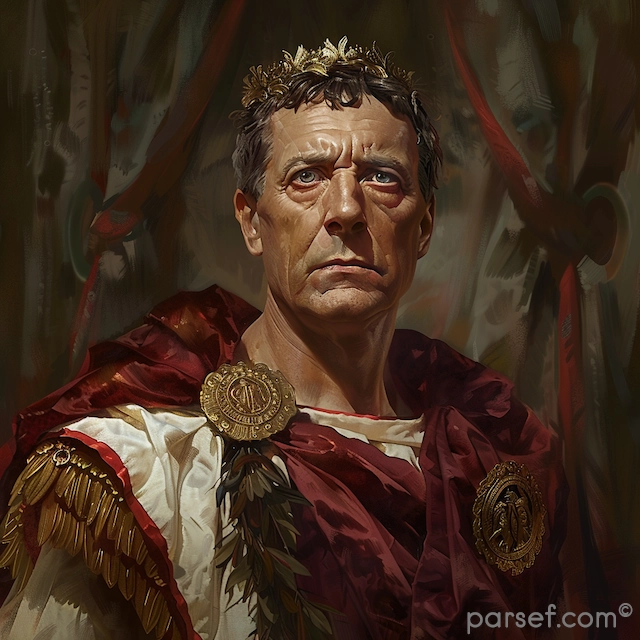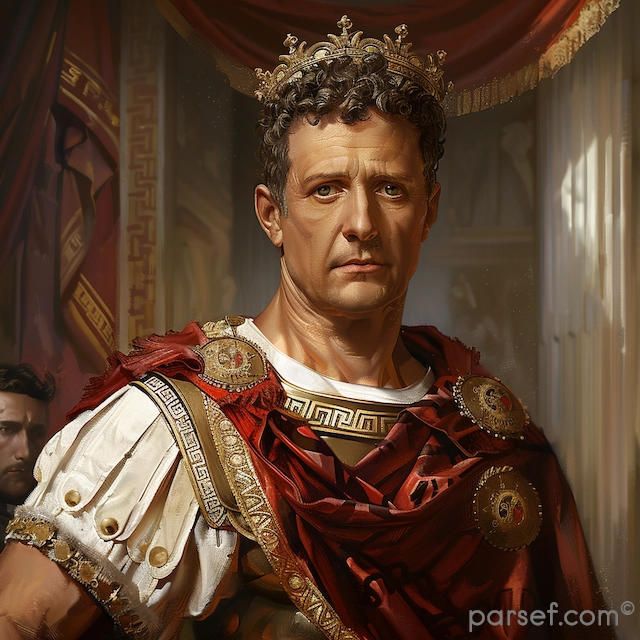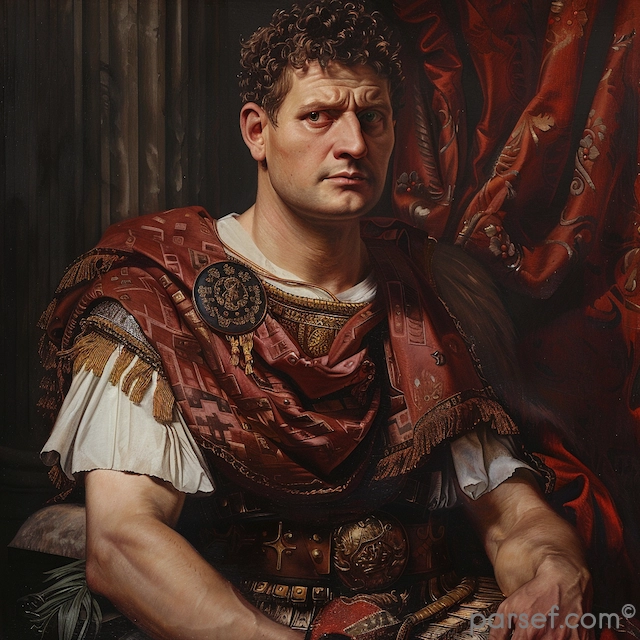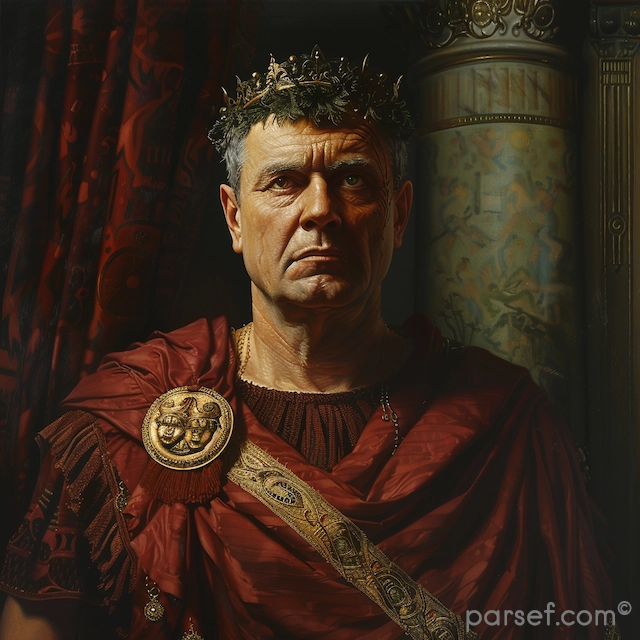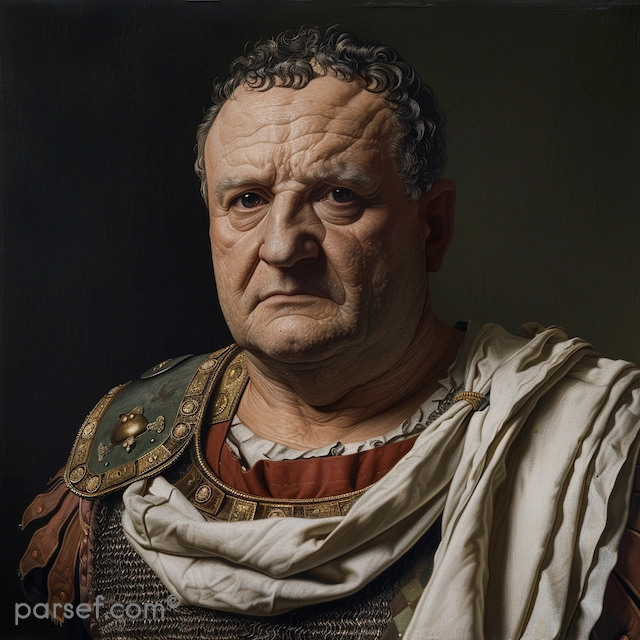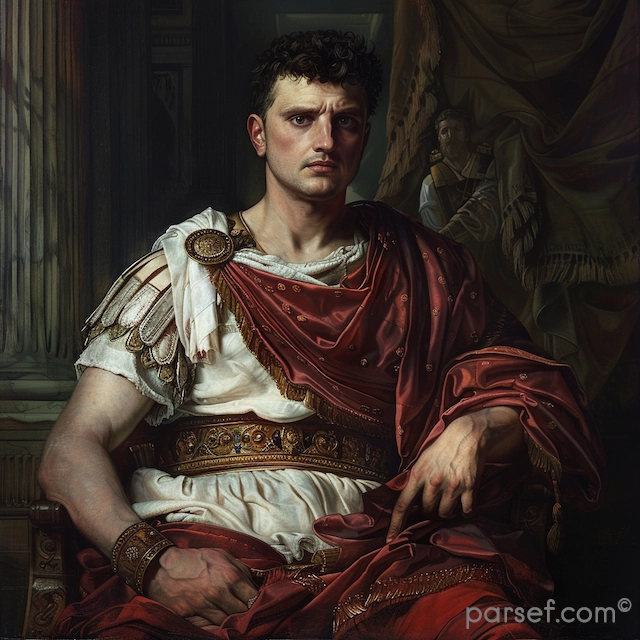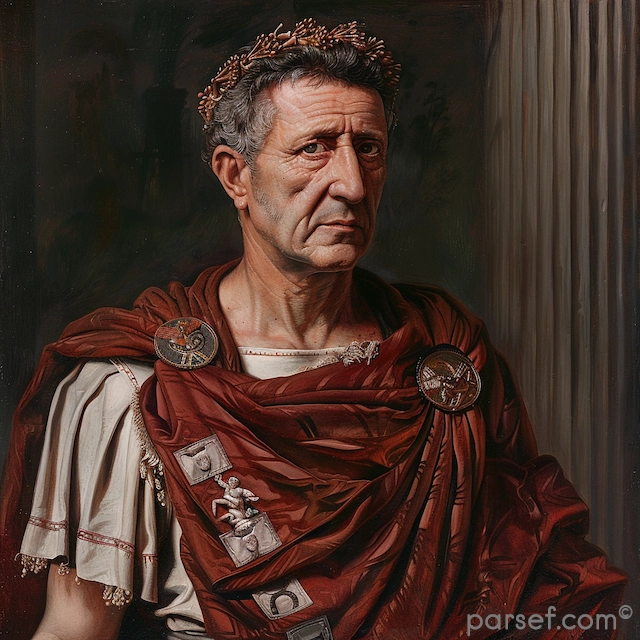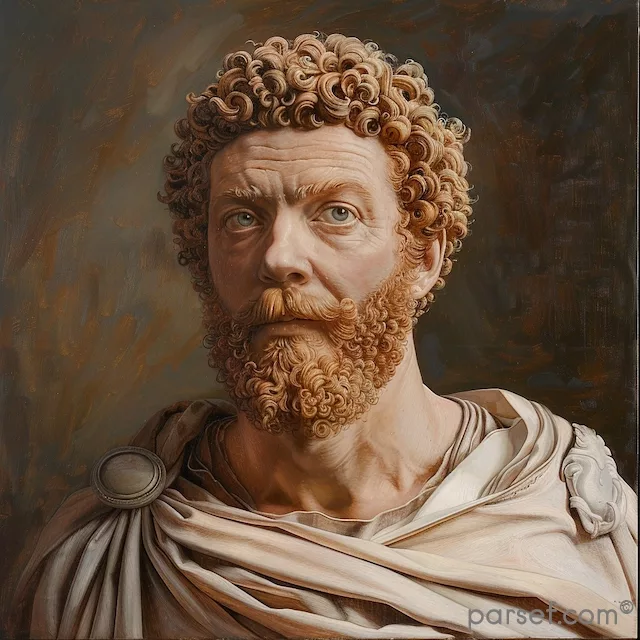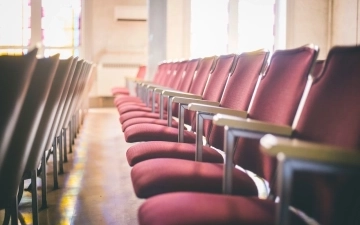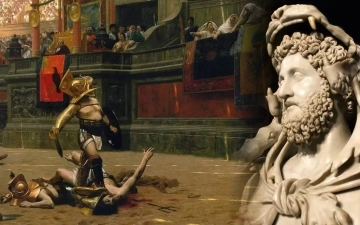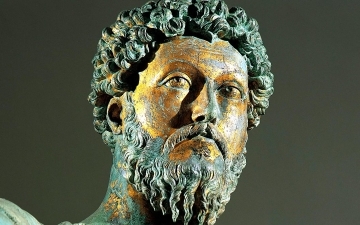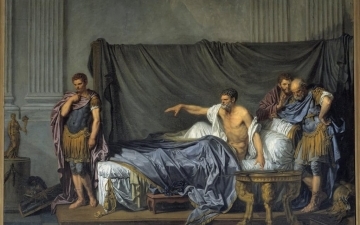From Scrolls to Stones: How Museums Document Biblical History
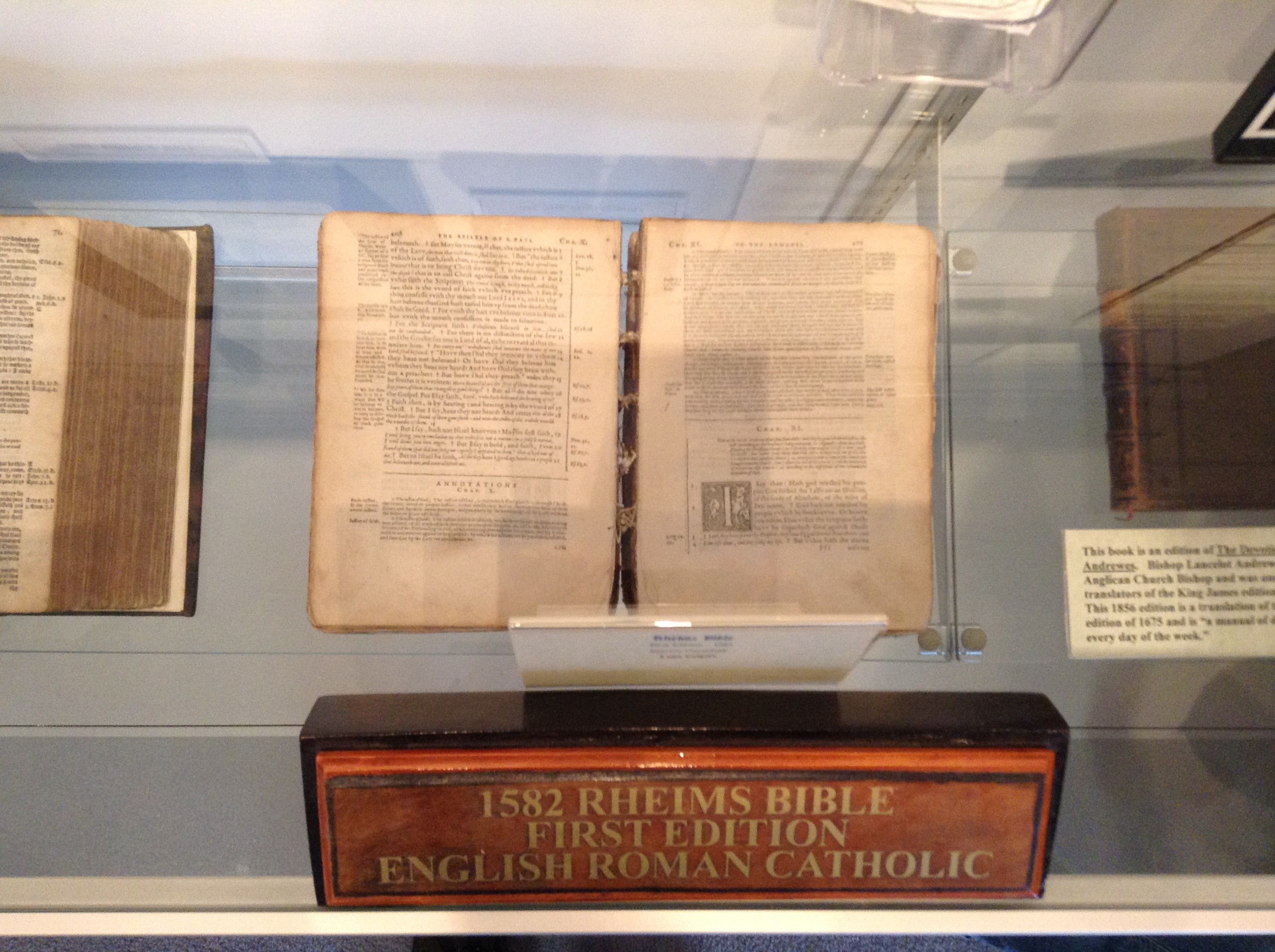
The Bible is more than just a collection of sacred texts—it’s a living document that has shaped centuries of religious, cultural, and historical movements. For thousands of years, it has been passed down through oral traditions, written manuscripts, and monumental inscriptions. The story of how these texts came to be, how they were preserved, and how they continue to influence the world today is both fascinating and complex.
Museums, as custodians of our shared history, play a crucial role in documenting and preserving the artifacts, manuscripts, and monumental objects that illuminate the Bible's journey through time. From ancient scrolls and papyri to stone inscriptions and archaeological discoveries, these institutions offer invaluable insights into the biblical narrative, helping us understand its origins, its evolution, and its enduring impact on humanity.
In this post, we’ll explore how museums document biblical history and the diverse artifacts they house—from scrolls and manuscripts to stones and archaeological findings—each piece contributing to the rich tapestry of the Bible’s story.
1. Ancient Scrolls: The Early Foundations of Scripture
One of the most significant ways that museums document biblical history is through the preservation of ancient scrolls and manuscripts. These early written texts were the primary means of recording sacred stories, laws, and teachings long before the advent of the printing press. For centuries, scribes painstakingly copied biblical texts by hand, preserving not only the words of scripture but also the cultural and religious context in which they were written.
Among the most famous collections of biblical scrolls are the Dead Sea Scrolls, discovered between 1946 and 1956 in caves near the Dead Sea. These ancient manuscripts date back to between the 3rd century BCE and the 1st century CE and contain fragments from nearly every book of the Hebrew Bible. The Israel Museum in Jerusalem houses many of these scrolls, offering visitors the chance to see some of the earliest known biblical texts. These scrolls are significant not only because they represent some of the oldest surviving copies of biblical books but also because they offer insight into the diversity of Jewish thought in the Second Temple period.
In addition to the Dead Sea Scrolls, museums such as the British Library in London house other significant manuscripts like the Codex Sinaiticus, one of the oldest complete manuscripts of the Christian Bible. By studying these manuscripts, scholars can trace the transmission of the biblical text, revealing changes, variations, and the careful process of preservation over time.
2. Papyrus and Parchment: The Material Evolution of Scripture
Before the development of paper, early biblical texts were often written on materials like papyrus or parchment. Papyrus, made from the stems of the papyrus plant, was widely used in the Mediterranean world, while parchment—made from animal skins—became more common in later centuries, especially for Christian texts.
Museums such as the Chester Beatty Library in Dublin and the John Rylands Library in Manchester are home to some of the most significant early Christian texts on papyrus, including portions of the Gospels and the Epistles of Paul. These manuscripts, some dating as far back as the 2nd and 3rd centuries CE, are among the oldest surviving examples of the New Testament and offer a unique glimpse into the early Christian world.
The study of papyrus and parchment in museums not only helps scholars understand the material conditions under which the Bible was transmitted, but it also illuminates the social and cultural context of the time. By examining the physical characteristics of these ancient manuscripts—such as the handwriting, ink, and bindings—historians can learn about the technology and methods used to preserve scripture, as well as the cultural importance of these texts.
3. Stone Inscriptions: Biblical Texts Etched in Stone
While scrolls and manuscripts are the most well-known forms of biblical documentation, stone inscriptions also play a crucial role in preserving biblical history. In the ancient world, inscriptions were often used to record significant events, religious proclamations, and political declarations. These inscriptions provide an invaluable window into the historical context of biblical events, offering a direct connection to the past.
One of the most famous stone inscriptions related to the Bible is the Stele of Mesha, also known as the Moabite Stone, which dates back to the 9th century BCE. Discovered in modern-day Jordan, this stone inscription is an important example of how biblical history intersects with secular history. The inscription details the victory of King Mesha of Moab over Israel, a historical event mentioned in the Bible (2 Kings 3:4-27). This and other inscriptions, such as the Siloam Inscription in Jerusalem, help corroborate the biblical narrative with archaeological evidence, offering a tangible connection to the ancient world.
Museums like the Israel Museum in Jerusalem and the British Museum in London house numerous stone inscriptions that shed light on the ancient Near East, including inscriptions that reference biblical figures like King David, King Hezekiah, and Pontius Pilate. These stones, etched with ancient languages like Hebrew, Aramaic, and Greek, document events and individuals that appear in biblical texts, providing a historical framework for understanding the Bible's stories.
4. Archaeological Discoveries: Unearthing Biblical History
In addition to written texts and stone inscriptions, archaeological findings have been crucial in documenting biblical history. Archaeological excavations in regions such as Israel, Palestine, Jordan, and Turkey have uncovered a wealth of artifacts that provide context for biblical events, places, and people. These discoveries include everything from ancient pottery and coins to monumental architecture and household items.
For example, the City of David in Jerusalem has yielded a wealth of archaeological findings related to biblical figures like King David and King Solomon. Artifacts such as inscribed seals, ancient coins, and even remnants of ancient temples help scholars piece together the physical reality of biblical history.
Museums such as the Rockefeller Museum in Jerusalem and the Archaeological Museum of Thessaloniki house collections of artifacts uncovered during excavations in biblical lands. These objects, often displayed alongside biblical texts, help visitors connect the stories of the Bible with the physical evidence of ancient life.
5. Religious Artifacts: Personal Connections to the Sacred
Another way that museums document biblical history is through the preservation of religious artifacts, which include items used in religious rituals and daily life. These artifacts provide insight into how biblical teachings were lived out in everyday life. From ancient chalices and candelabras to early Christian symbols like the Ichthys (fish) and cross, these artifacts offer tangible connections to the religious practices of ancient communities.
The Museum of the Bible in Washington, D.C., houses a vast collection of religious artifacts, including ancient Christian relics, manuscripts, and liturgical objects. These items not only reflect the biblical tradition but also show how these traditions were passed down and adapted across different cultures and time periods.
6. The Role of Technology in Documenting Biblical History
In recent years, technological advancements have revolutionized how museums document and preserve biblical history. Digital imaging, 3D scanning, and virtual reality are now being used to create high-resolution replicas of fragile artifacts, enabling scholars and visitors to explore these items without risking damage to the originals. For example, X-ray and CT scanning technologies are being used to study ancient manuscripts and texts, revealing hidden layers of writing or uncovering previously unreadable portions of scripture.
These technological innovations have made it easier for museums to document and share biblical history with a wider audience. Virtual exhibitions, digital archives, and online collections allow people around the world to access and learn from these invaluable artifacts without ever having to leave their homes.
Conclusion: The Living Document of the Bible
From scrolls to stones, museums play a critical role in documenting and preserving the history of the Bible. Whether it’s through the study of ancient manuscripts, stone inscriptions, or archaeological findings, these artifacts help us connect with the past, offering insights into the development of religious traditions and the events that shaped biblical narratives.
For visitors, museums are a powerful way to experience biblical history firsthand. Walking through a museum filled with sacred texts, religious artifacts, and archaeological discoveries allows us to witness the Bible not as a static text but as a living document—a text that has evolved over millennia and continues to influence the world today.
As we continue to discover new artifacts and employ cutting-edge technology to preserve and document biblical history, museums remain essential spaces for understanding the deep connection between faith, culture, and history. They are places where the ancient and the modern come together, where the stories of the Bible come to life, and where pilgrims of all kinds can walk the path of faith and history.
Related Posts
Creating a Welcoming Worship Space: Tips for Choosing Inclusive Church Chairs
An inviting and inclusive church environment is paramount for fostering a strong sense of community and belonging. While theological beliefs and welcoming greetings are essential, the physical space itself also plays a significant role. One often-overlooked element that can significantly impact inclusivity is your church seating. This post dives...
Read MoreCommodus: The Emperor Who Blurred the Lines Between Rome’s Greatest Ruler and Its Most Notorious Madman
Commodus: a name that evokes both awe and abhorrence. Son of the legendary Marcus Aurelius, philosopher-emperor and author of the iconic Meditations, Commodus inherited a realm at the zenith of its power. Yet, his reign would irrevocably alter Rome's trajectory. Was he a brilliant general, a cunning politician, or a megalomaniacal...
Read MoreBonsai Trees: The Art, Care, and Beauty of Miniature Trees
Bonsai trees are more than just plants—they are living works of art, shaped and nurtured over time to reflect nature’s beauty in miniature form. Originating from ancient Asian traditions, bonsai trees symbolize harmony, patience, and balance, making them a meaningful and meditative hobby for plant lovers worldwide. Whether you're a...
Read MoreMarcus Aurelius: Philosophy and Leadership in the Midst of Turmoil
In the annals of Roman history, the name Marcus Aurelius stands as a symbol of wisdom, Stoic philosophy, and leadership during times of great adversity. His reign as Emperor from 161 to 180 CE coincided with challenging periods for the Roman Empire, including external threats and internal strife. In this...
Read MoreElagabalus: The Controversial Reign of Rome’s Youngest Emperor and His Religious Revolution
Elagabalus, born Varius Avitus Bassianus, is one of the most enigmatic and controversial figures in Roman history. Elevated to the imperial throne at the tender age of fourteen, his reign was marked by extravagance, scandal, and a radical religious transformation. His rise to power was as dramatic as his subsequent reign....
Read MorePertinax: The Brief Respite in Rome’s Chaotic Succession Crisis
The latter part of the 2nd century AD was a period of profound instability for the Roman Empire. The capricious and tyrannical reign of Commodus had left the empire in a state of disarray. His assassination in 192 CE ushered in a chaotic period often referred to as the Year...
Read More